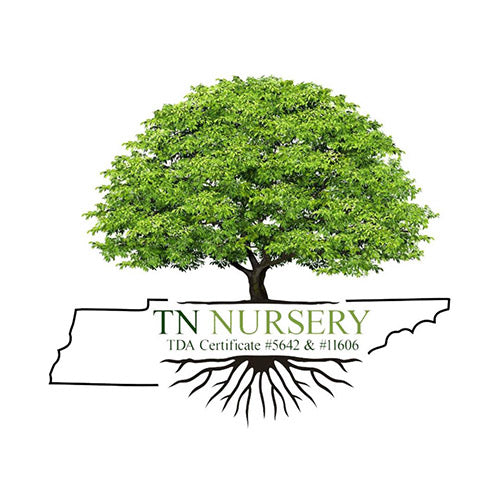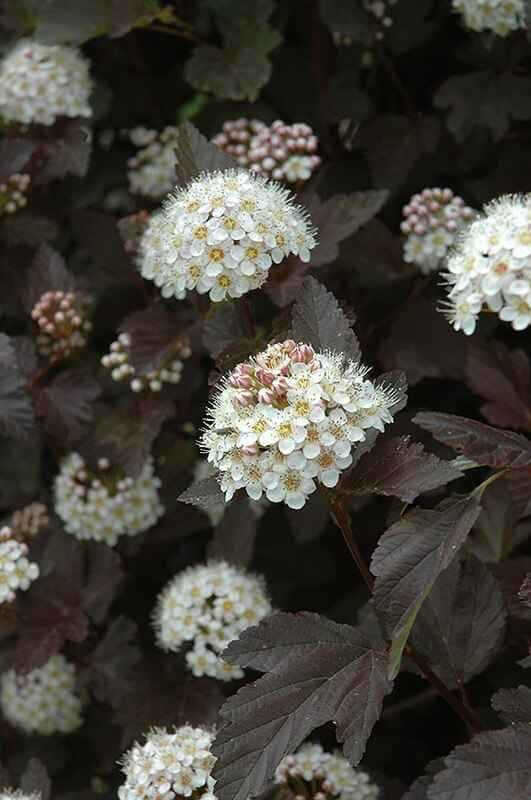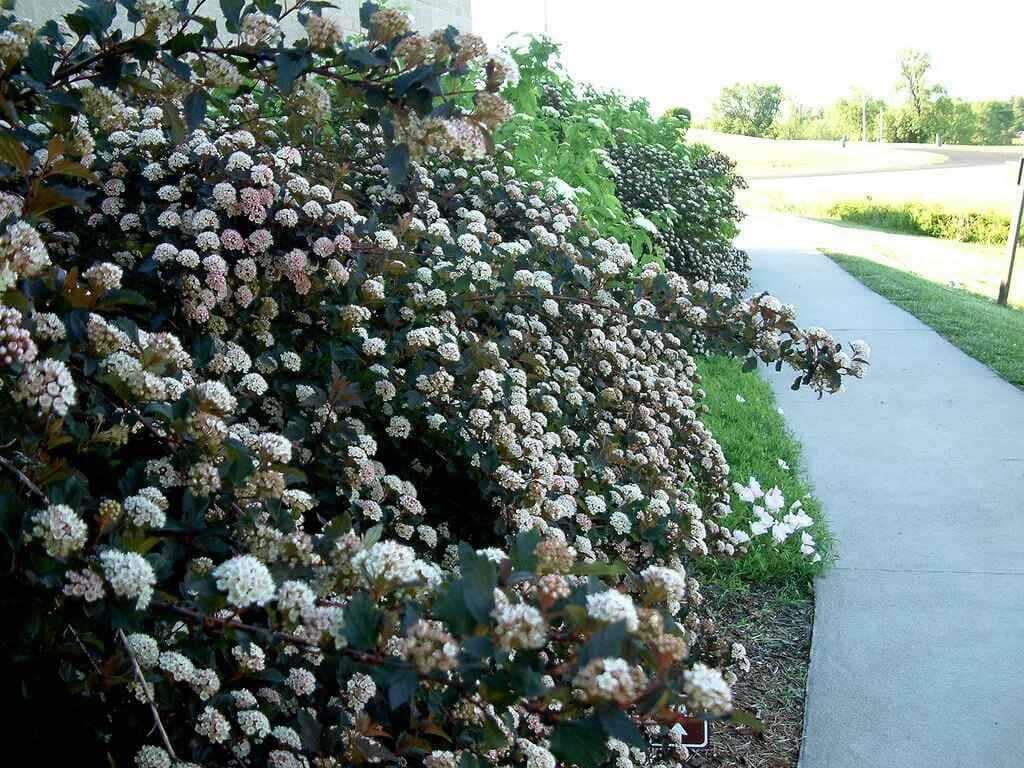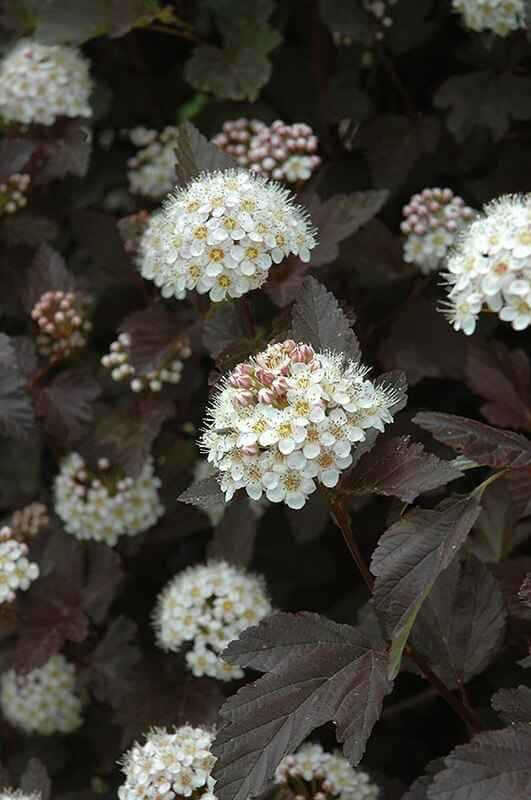
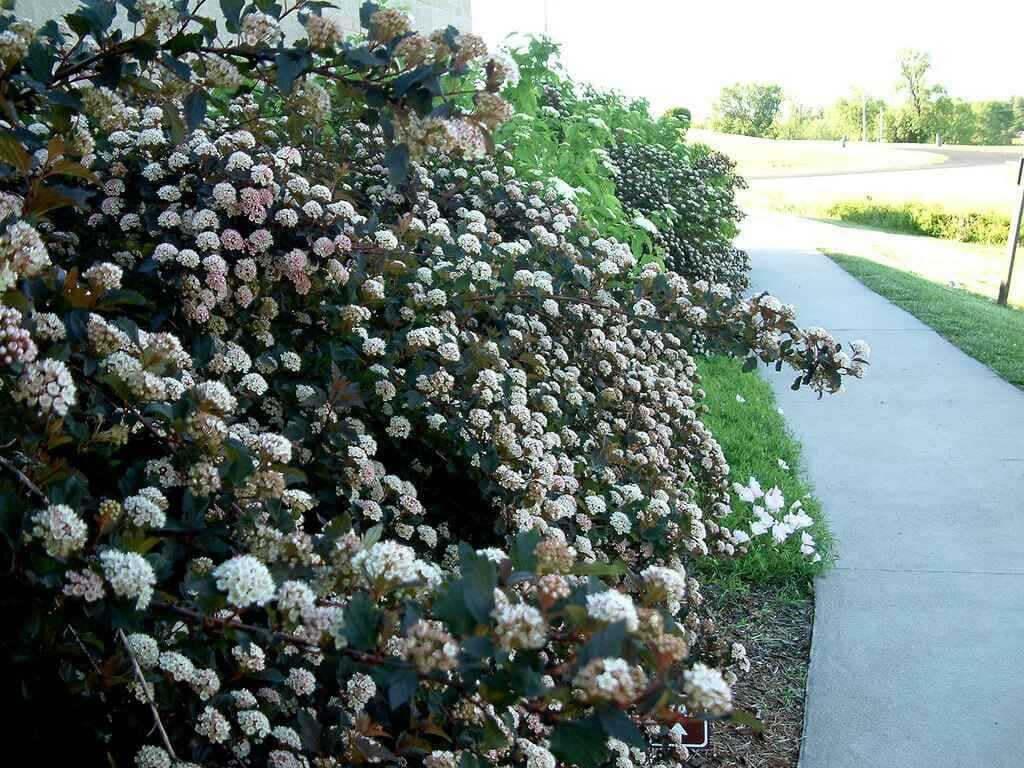
Hydrangea Arborescence Live Stakes
Hydrangea Arborescens, known as smooth hydrangea or wild hydrangea, is a deciduous shrub aboriginal to the eastern United States. Live stakes made from the shrub are a propagation method to establish new plants or restore ecosystems. Here, we will explore the characteristics of the shrub and how live stakes are utilized in horticulture and conservation efforts.
The shrub is known for its attractive, round clusters of white or pinkish flowers that bloom in the summer. These flowers are small, fertile florets surrounded by showy, sterile florets, creating a visually striking display. The shrub generally achieves a height of 3 to 5 feet and thrives in moist, well-drained soils, making it a favored option for gardens and landscapes.
Hydrangea Live stakes are cuttings taken from mature shrubs, usually when the plant sheds leaves in the dormant season. These cuttings, typically around 12 to 18 inches long, are planted directly into the ground or used to establish new plants in a nursery setting. Live stakes have several advantages, including their ability to quickly develop root systems and grow into mature shrubs. They are often used in habitat restoration projects to stabilize soil, prevent erosion, and reintroduce native vegetation to degraded areas.
Hydrangea Arborescence Live Stakes Adapt To Various Environmental Conditions
One of the key benefits of using the shrub's live stakes is their resilience. These plants adapt to various environmental conditions and thrive in sunny and shaded areas. They are also known for tolerating wet or periodically inundated soils, making them valuable in wetland restoration efforts.
In conclusion, hydrangea arborescens live stakes offer a practical and effective means of propagating this native shrub for landscaping, habitat restoration, and erosion control. Their adaptability, attractive flowers, and ease of establishment make them a valuable asset in horticultural and conservation endeavors, contributing to preserving and enhancing ecosystems across their native range.
Buy Hydrangea Arborescence Live Stakes At Wholesale Nursery Co
- Choosing a selection results in a full page refresh.
- Opens in a new window.
